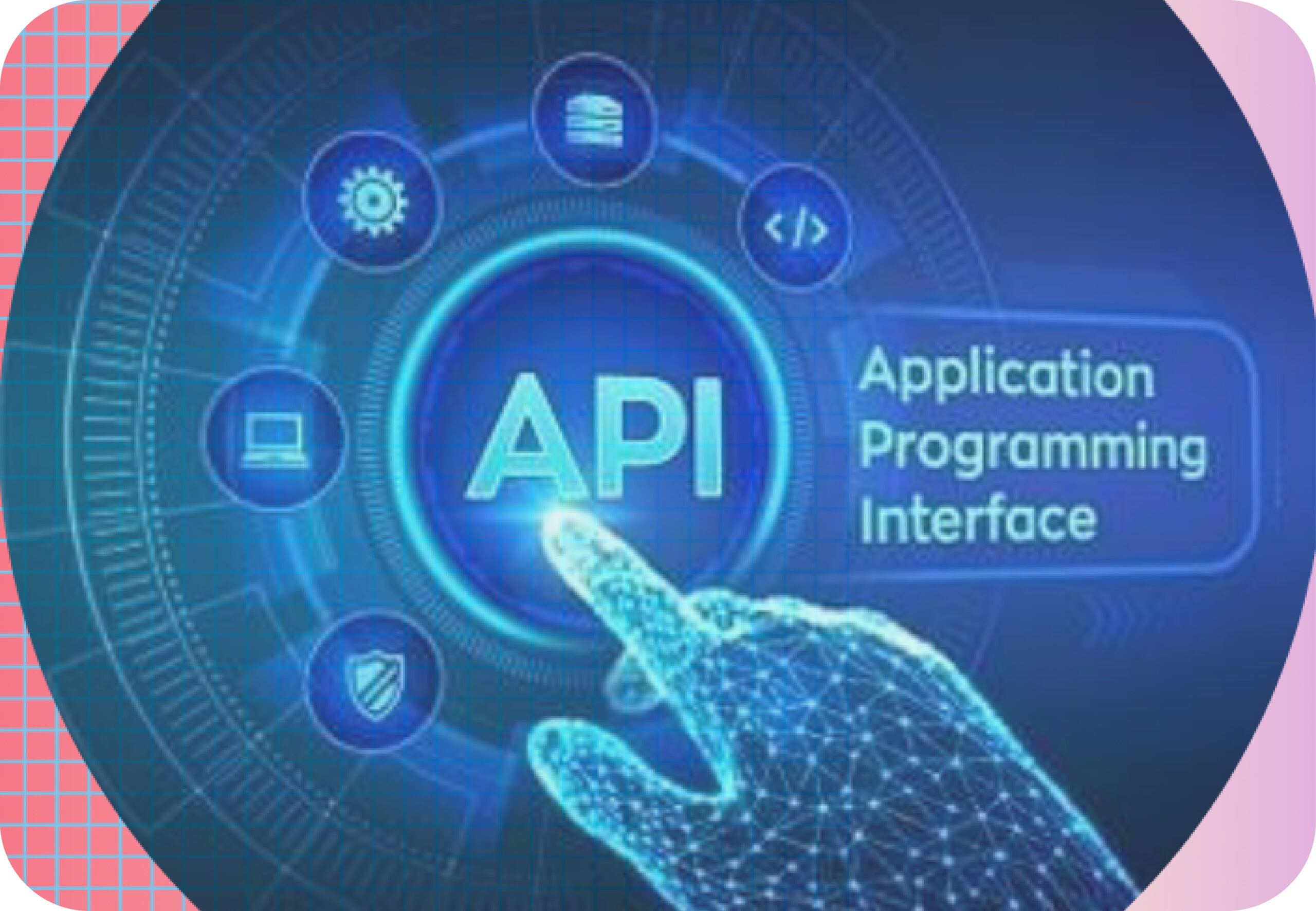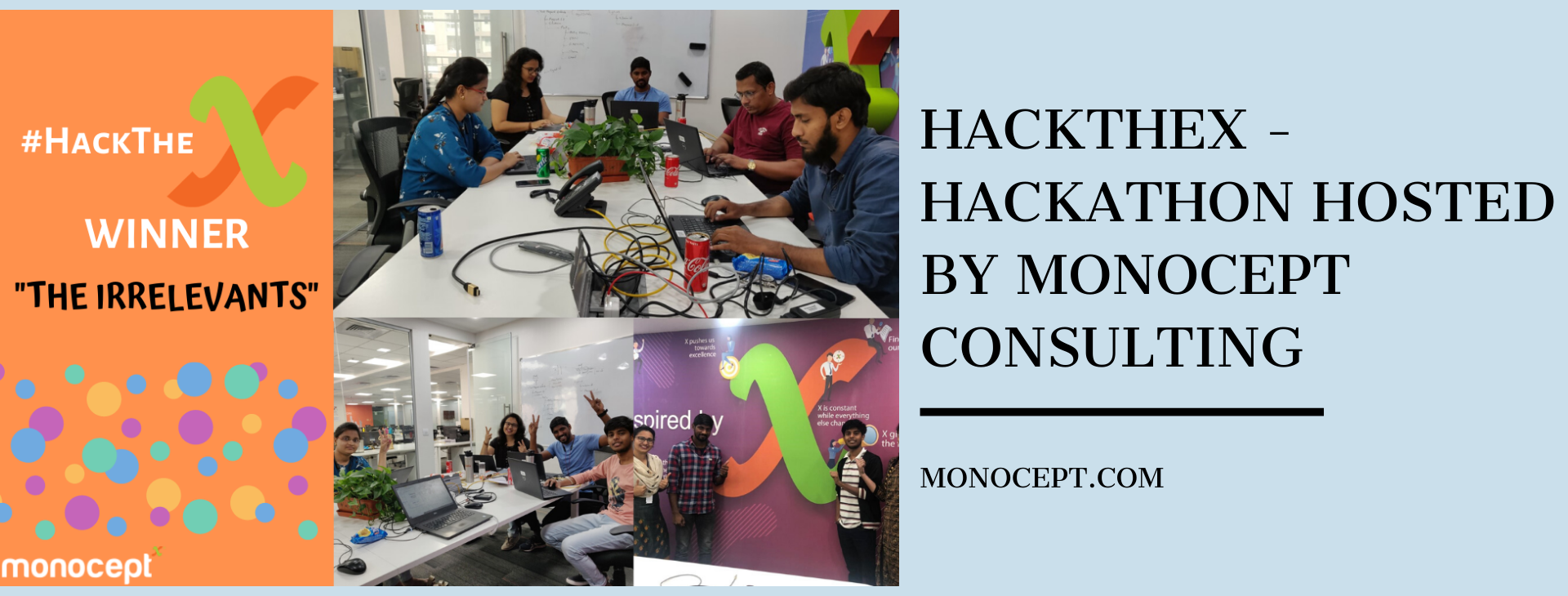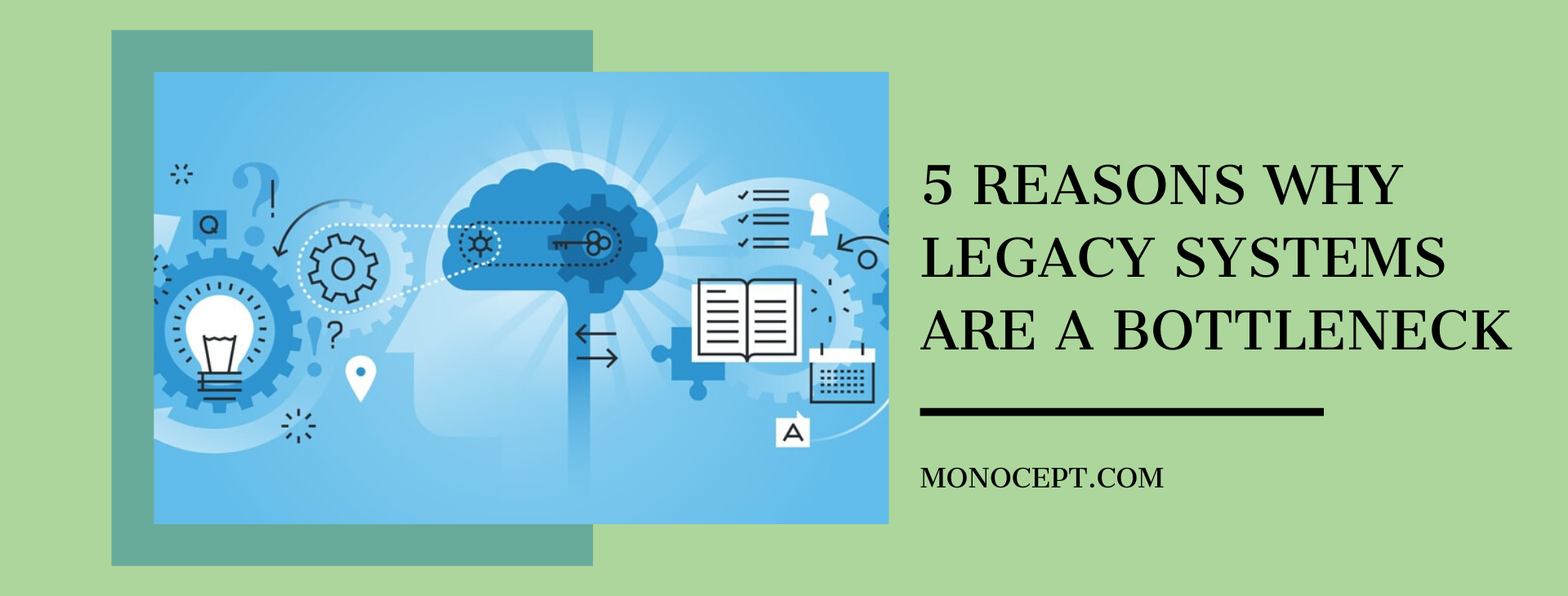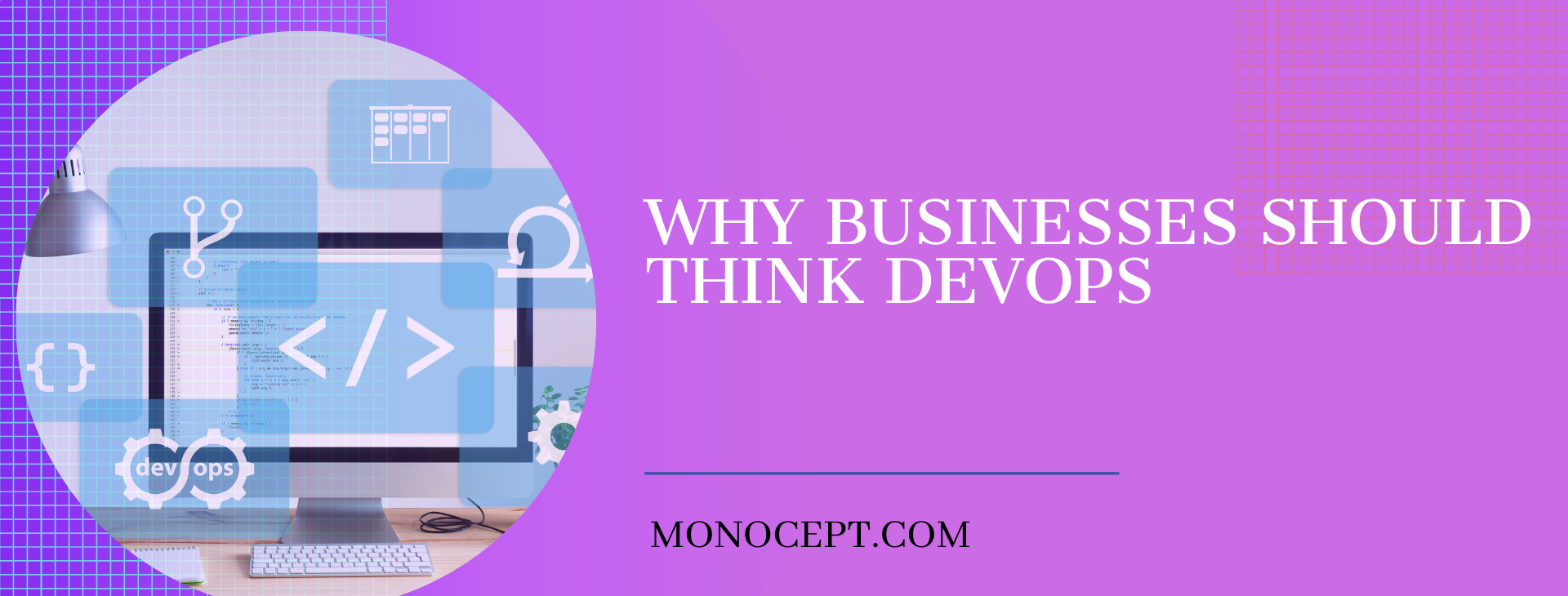Successful implementation of the DevOps model
The DevOps software development model the developers and operations teams to work together in one group that has end-to-end responsibility to maintain the application’s integrity and quality. In this model, instead of working in individual silos, all members of the team are responsible for all the stages in the product development lifecycle — from understanding business requirement, development, testing, deployment, gathering and analysing feedback from users, and planning and implementing changes based on feedback data. This model promotes collaboration within the team and increases productivity.
The DevOps model is increasingly being hailed as the “new Cloud” by the market due to its inherent value in helping businesses roll out higher quality products while accelerating the speed of application development and change. As businesses attempt to build new and more advanced capabilities within products, across an ever-growing list of platforms and devices, the constant tussle between demand-supply-timeline puts immense pressure on the IT department. Implementation deadlines are often missed, or issues arise during or post deployment.
DevOps goes a long way in tackling inefficient processes. Due to this, it has been adopted rapidly by businesses, helping it evolve from a niche concept to an integral part of enterprise IT strategy.
Even though the benefits of adopting DevOps has abundant benefits, there is no one-size-fits-all plan for implementation and execution. It is not the same as deploying a new tool, or code. It is more like an incremental culture shift in the way a business approaches product development. Which is why, each business requires a customised approach. Poorly planned execution can result in significantly higher cost, while adding no value. There are three markers that are the key to the successful implementation of the DevOps model:
Defining a clear business case and target: The first step is to map the ‘as-is’ (current) scenario and the ‘to-be’ (desired) state, why the desired state is critical for the application’s success, and a plan for code migration that takes into account people, processes, and technology. A strong business case has to substantiate the investment in DevOps because not every process might benefit from DevOps deployment. When there is little requirement for change within the application, DevOps might not be the best strategy. The absence of a strong business rationale or a poorly planned start are often the reasons for the failure of DevOps projects.
Establishing a transformation plan: Once the business case has been approved, the enterprise should invest in creating a plan of action that details all the changes needed to be made to achieve the targets that have been set to fulfil the business case, and how they will be implemented, at each step. The transformation plan relies heavily on the mapping of the current scenario, to determine and contextualise the activities needed to be undertaken to execute a proposed solution.
Managing the execution of the transformation plan: Once there is a clear roadmap of what the enterprise’s end objective is, and every action that needs to be performed to achieve targets and successful transformation, it is time to turn to efficient execution. Each step of the way — from activities undertaken to change the culture within the IT departments of the enterprise, making them compatible with the DevOps approach, executing a unified development-to-operations lifecycle, and deploy common tooling, needs to be carefully monitored to foresee and correct potential problems or chances of failure.
To sum up, a DevOps culture cannot be achieved by executing a single project using the model. For a successful transition, enterprises need to undertake a co-ordinated program that includes implementing tools and processes over a period of time. Additionally, they need to invest in identifying what stage of transformation they’re at, and how best to achieve all that is remaining.
Monocept plans, executes and monitors DevOps for its partners. To know more drop a mail at info@monocept.com.





















































































